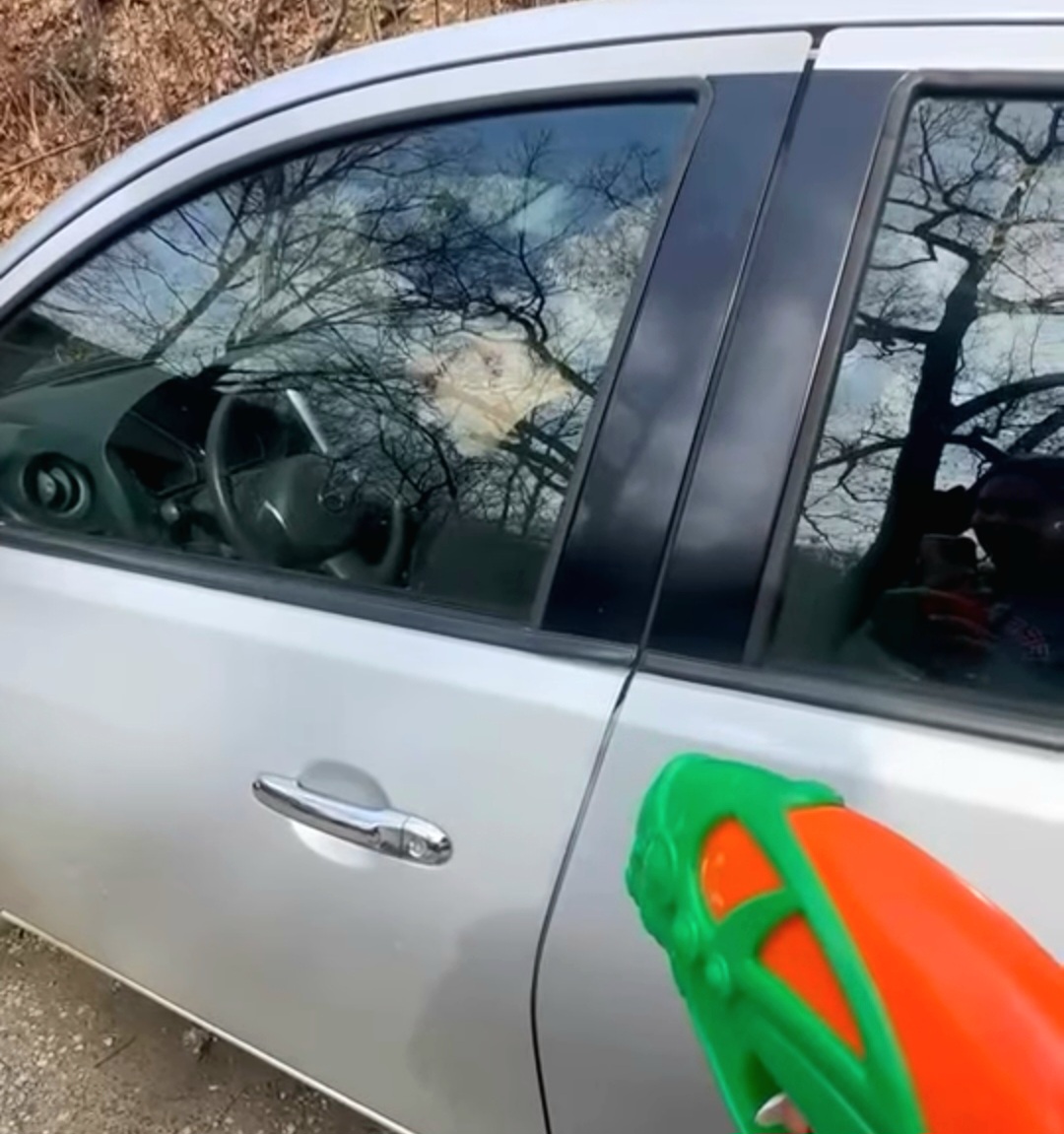From popular 2000s television shows to many high schools throughout the United States, “Assassins” has become a widespread tradition amongst American youth. In early March, the junior class began their undertaking of the game.
A week prior to the official start of the game, the juniors were divided into pairs to establish teams. The senior moderator, Sara Aland, would assign each team their weekly target on Sunday. Similar to the majority of other communities, the high school utilizes water guns to disqualify their opponents. Teams had six days, spanning from Monday to Saturday, to spray their opponents with their water guns to “assassinate” them. Only one target needed to be eliminated for a team to advance to the next round.
“I took on the responsibility of hosting the game because I wanted to give the juniors a chance to take part in a fun and entertaining game they get to play with their classmates,” Aland said.
Teams were only disqualified from the competition when both teammates were assassinated. This enabled a greater opportunity for teams to still progress to the next round, even if one member was eliminated. Students needed to prove they eliminated their targets by submitting a video to a digital group message on Snapchat.
Like all games, assassins has a set of guidelines participants must follow. For eliminations, students were not permitted to spray their targets on school grounds or during school-sponsored athletic events. Assassins were instructed to respect their target’s driving curfew, as well as their home property.
To join the game, students were required to provide a $20 payment, signifying their commitment to the event. These payments contributed to the end prize: $720. The cash prize served as an incentive for participation.
“I really enjoyed being able to participate because it’s just a Freedom tradition to play in it, and everyone really enjoys it,” Boden Hilliard (11) said. “The money makes it even better because Easter is right around the corner.”
The game was not adopted into the community until recently; however, its origin extends far earlier than this time. In 1982, game designer Steve Jackson published “Killer: The Game of Assassination,” which was a role-playing game where players attempted to eliminate their targets with mock weapons. The last player remaining was declared the winner.
Jackson’s creation gained immense popularity in the 1980s, but gradually dissolved over the course of the proceeding few decades. In the late 2000s and early 2010s, this game was popularized through its portrayal in “Gossip Girl” and “iCarly.” Following the guidelines of Jackson’s game, these shows depicted characters eliminating their classmates with polaroid pictures or paintball guns.
The resurgence of interest in “Killer” inspired national adaptations and competitions among students. The local event wrapped up with a competition between three final teams: Colton Blank (11) and Hilliard, Hannah Shaffer (11) and Reese Neely (11) and Farisa Roberts (11) and Mia Shegog (11). Blank and Hilliard were victorious, splitting their cash prize to $360 each.
“Our main strategy was to honestly think ahead of what people are doing,” Blank said. “If we said we were going somewhere, we would send other people to get out the people trying to get us out.”
Junior Assassins provided students with an opportunity to implement their critical thinking, strategizing and teamwork skills in a way that promoted community involvement.
“Although the game was a little rough, the best part was seeing all the ways each team would strategize to get their targets out,” Aland said.



